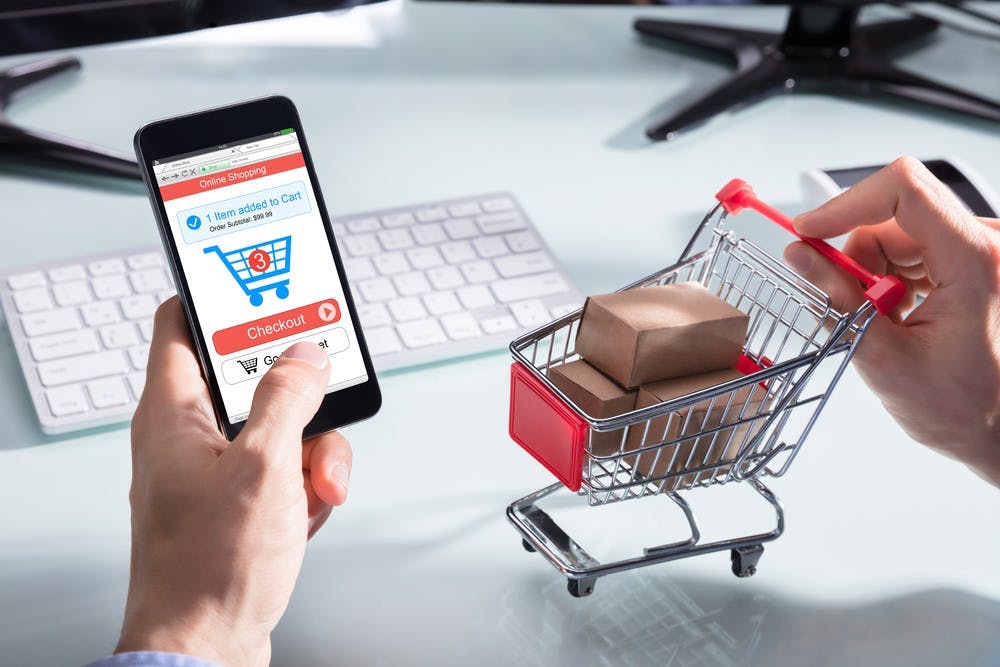Shopping has come a long way from its humble beginnings as a local market or a small mom-and-pop store. The emergence of technology has revolutionized the way we shop, and the rise of e-commerce has transformed the retail landscape. In this article, we will explore the evolution of shopping, from traditional brick-and-mortar stores to the world of e-commerce.

Brick-and-Mortar Stores
- Convenience: Brick-and-mortar stores are convenient because they allow customers to see, touch, and try products before making a purchase. This is particularly important for items such as clothing and electronics, where customers want to ensure that they are making the right choice.
- Customer Experience: Brick-and-mortar stores offer a unique customer experience, which cannot be replicated online. From the smell of freshly baked goods in a bakery to the personalized service of a high-end boutique, shopping in a physical store can be a sensory experience.
- Immediate Gratification: With brick-and-mortar stores, customers can take their purchases home immediately, rather than waiting for them to be delivered. This is particularly important for items that are needed urgently or for last-minute purchases.
E-commerce
- Convenience: E-commerce is convenient because it allows customers to shop from the comfort of their own homes. They can browse products, make purchases, and have items delivered to their doorstep without ever leaving their house.
- Wide Selection: E-commerce allows customers to access a wider selection of products than brick-and-mortar stores. Online retailers can offer a greater variety of products, colors, sizes, and styles than physical stores, which have limited shelf space.
- Lower Prices: E-commerce often offers lower prices than brick-and-mortar stores because online retailers do not have to pay rent, utilities, and other overhead costs associated with physical stores. This means that they can pass on the savings to customers.
- Personalization: E-commerce allows retailers to personalize their offerings to individual customers based on their browsing and purchase history. This allows them to offer targeted promotions and personalized recommendations, creating a more personalized shopping experience.
- No Crowds: Online shopping eliminates the need to deal with crowded stores, long lines, and difficult parking. This can make the shopping experience less stressful and more enjoyable.
Challenges of E-commerce
- Shipping Costs: While e-commerce offers the convenience of home delivery, shipping costs can be a significant barrier for customers. Free shipping offers can be an effective way to overcome this hurdle.
- Returns: Returning items purchased online can be more difficult than returning items purchased in a physical store. This can be a significant inconvenience for customers, particularly for large or bulky items.
- Lack of Personal Interaction: E-commerce lacks the personal interaction that customers experience in physical stores. This can make it difficult for retailers to build relationships with customers and provide the personalized service that many customers value.
- Security Concerns: E-commerce raises security concerns, particularly around the safety of personal and financial information. Customers must be able to trust that their information is secure when making purchases online.
- Difficulty Evaluating Products: While e-commerce offers a wide selection of products, it can be difficult for customers to evaluate the quality of products before making a purchase. This can be particularly challenging for items such as clothing, where fit and feel are important factors.
Conclusion
The evolution of shopping from brick-and-mortar stores to e-commerce has been a significant transformation in the retail industry. While brick-and-mortar stores offer a unique customer experience, e-commerce offers convenience, a wide selection, and lower prices. However, e-commerce also poses challenges around shipping costs, returns, lack of personal interaction, security concerns, and difficulty evaluating products.
